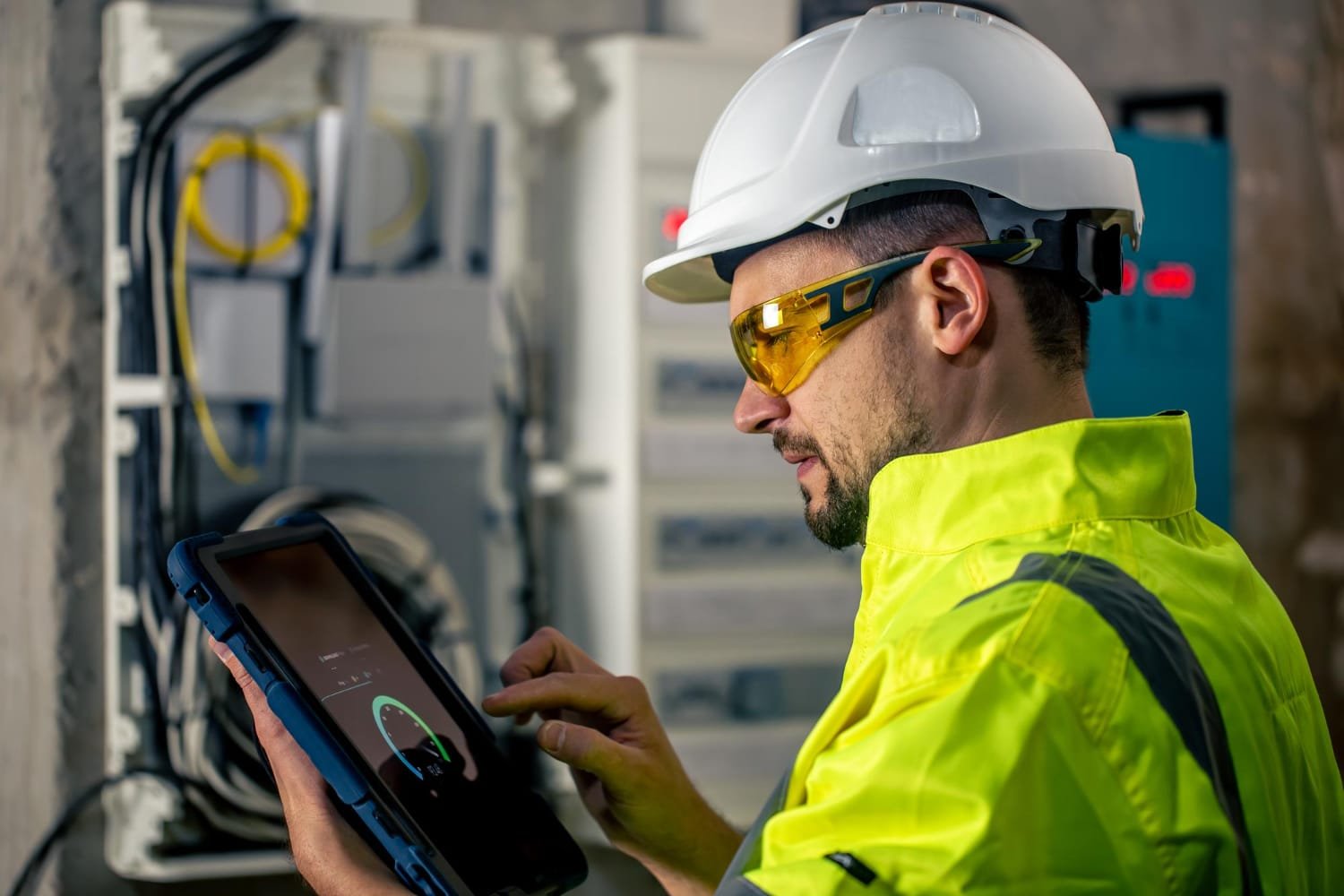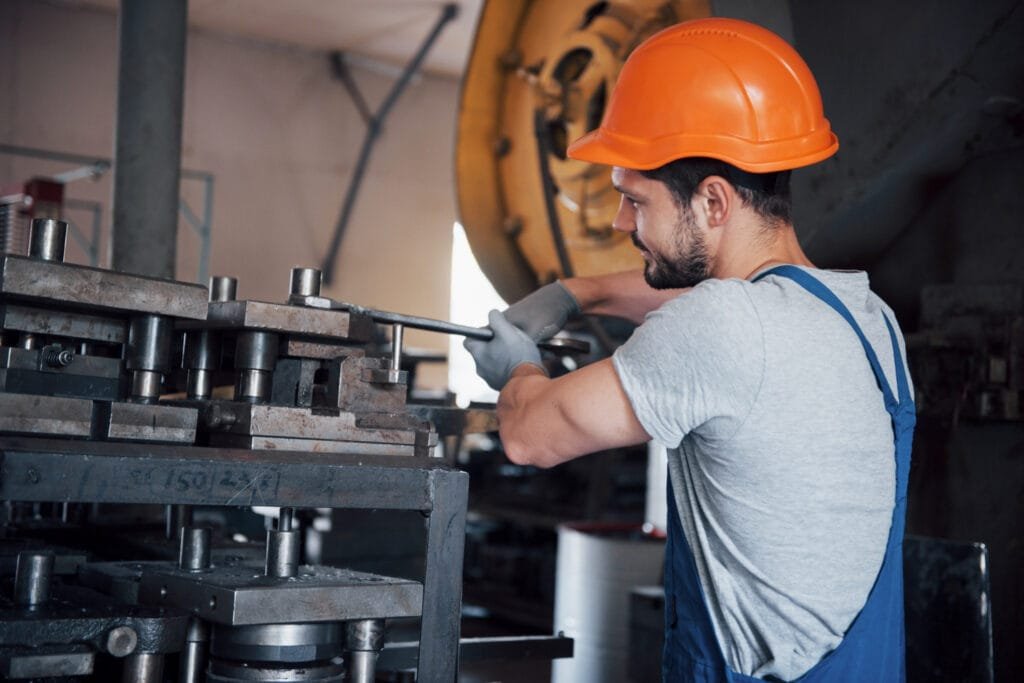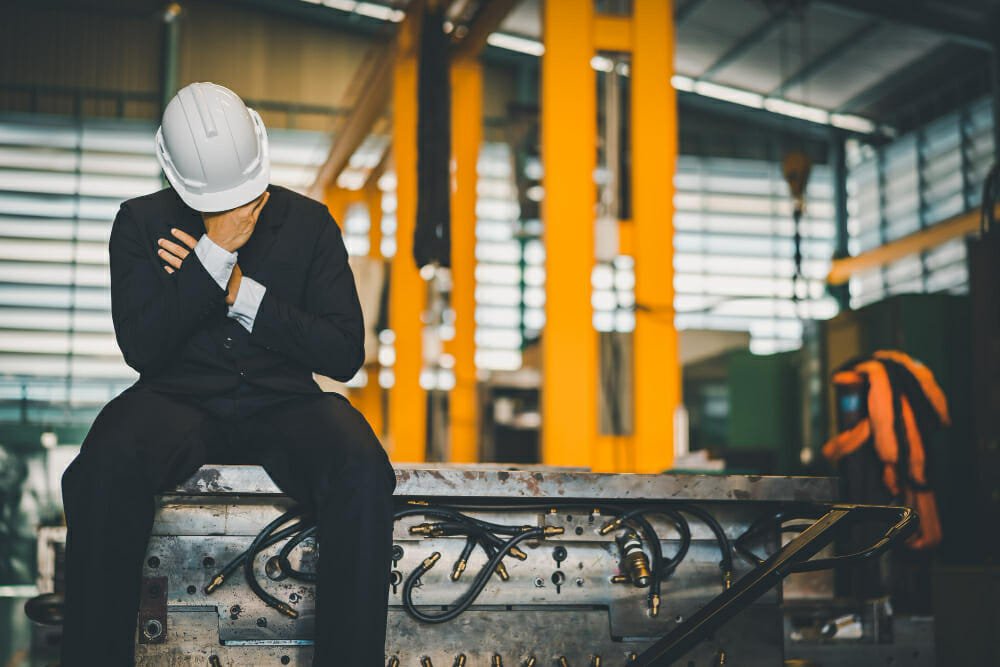In the realm of industrial operations, the efficacy of installed equipment can make or break the success of a project. Whether it’s machinery on a factory floor, computer systems in an office environment, or intricate instruments in a laboratory, ensuring peak performance is paramount. However, merely having the equipment in place is not enough. It must be fine-tuned to operate at its optimal capacity. In this article, we delve into the art of fine-tuning installed equipment, exploring best practices and strategies to achieve peak performance.
Understanding Fine-Tuning
Understanding the fine-tuning of industrial equipment is essential for ensuring optimal performance, efficiency, and safety in various manufacturing processes. Fine-tuning refers to the process of making precise adjustments to industrial machinery to achieve desired outcomes, such as improving productivity, reducing waste, and maintaining product quality. This article explores the significance of fine-tuning in industrial settings, the methods involved, and the benefits it brings to businesses.
Industrial equipment encompasses a wide range of machinery used in manufacturing, including but not limited to, pumps, compressors, motors, conveyors, and robots. These machines are the backbone of production processes in sectors such as automotive, aerospace, pharmaceuticals, food and beverage, and many others. To operate effectively, these machines require precise calibration and adjustment to meet specific performance criteria.
Fine-tuning industrial equipment involves several steps, beginning with understanding the machine’s functionality and performance requirements. This includes analyzing factors such as speed, torque, temperature, pressure, and material flow. By comprehensively understanding the machine’s capabilities and limitations, engineers can determine the optimal settings for achieving desired outcomes.

Assessment and Analysis
Setting Clear Objectives
Setting clear objectives in the fine-tuning of industrial equipment is crucial for ensuring that efforts are focused, measurable, and aligned with the overall goals of the organization. These objectives provide a roadmap for engineers and technicians, guiding their efforts towards optimizing equipment performance and achieving desired outcomes.
Firstly, clear objectives help define the specific improvements or optimizations that need to be made to industrial equipment. Whether it’s increasing production output, reducing energy consumption, improving product quality, or minimizing downtime, setting clear objectives allows teams to prioritize their efforts and allocate resources effectively.
Secondly, clear objectives provide a basis for measurement and evaluation. By establishing quantifiable metrics such as throughput rates, energy efficiency ratios, defect rates, or mean time between failures (MTBF), teams can objectively assess the impact of their fine-tuning efforts and track progress towards achieving their goals.
Collaboration and Expertise
Collaboration and expertise are indispensable elements in the fine-tuning of industrial equipment, contributing to enhanced efficiency, safety, and innovation in manufacturing processes.
Effective collaboration among various stakeholders such as engineers, technicians, operators, and management is crucial throughout the fine-tuning process. Engineers bring in-depth technical knowledge and analytical skills to understand the intricacies of industrial machinery and identify areas for improvement. Technicians possess hands-on experience and expertise in executing adjustments and calibrations according to engineering specifications. Operators provide valuable insights into equipment performance and operational challenges encountered on the shop floor. Management facilitates communication, allocates resources, and prioritizes fine-tuning initiatives based on business objectives.
Furthermore, expertise in specific domains such as mechanical engineering, electrical engineering, automation, and data analysis plays a vital role in fine-tuning industrial equipment. Mechanical engineers focus on optimizing mechanical components and systems to improve reliability and performance. Electrical engineers specialize in electrical systems, motors, and control circuits, ensuring proper functioning and integration with automation technologies. Experts in automation and data analysis harness the power of advanced technologies such as machine learning and predictive analytics to optimize equipment performance, detect anomalies, and anticipate maintenance needs proactively.
By leveraging collaboration and expertise, businesses can unlock the full potential of their industrial equipment, driving continuous improvement, innovation, and competitiveness in the global marketplace.
Optimizing Parameters
Optimizing parameters in the fine-tuning of industrial equipment involves adjusting various factors to enhance performance, efficiency, and reliability. Here’s a list outlining some key parameters and their initial information:
- Speed: Adjusting the rotational or linear speed of machinery to optimize production rates without compromising quality or safety.
- Temperature: Controlling the temperature within equipment to prevent overheating or thermal stress on components, ensuring optimal operation.
- Pressure: Fine-tuning pressure levels within systems such as hydraulic or pneumatic systems to maintain stability and efficiency.
- Torque: Adjusting torque levels in motors or actuators to match specific load requirements and improve energy efficiency.
- Flow Rate: Optimizing material or fluid flow rates through pipelines, pumps, or valves to maximize throughput and minimize waste.
- Alignment: Ensuring proper alignment of mechanical components to prevent premature wear and vibration-related issues.
- Lubrication: Monitoring and adjusting lubrication levels to reduce friction and extend the lifespan of moving parts.
- Control Parameters: Fine-tuning control algorithms and parameters in automation systems to optimize process control and response times.
- Material Properties: Adjusting material properties such as hardness or viscosity to meet product specifications and improve processing efficiency.
- Environmental Conditions: Managing environmental factors such as humidity, dust levels, and air quality to maintain equipment performance and reliability.
Optimizing these parameters requires a combination of technical expertise, data analysis, and systematic testing to achieve the desired outcomes while ensuring safe and reliable operation of industrial equipment. Regular monitoring and adjustment of these parameters are essential for continuous improvement and maximizing productivity in manufacturing operations.
Documentation and Record-Keeping
Documentation and record-keeping are crucial aspects of fine-tuning industrial equipment. Engineers and technicians must maintain detailed records of all adjustments made, including changes to machine settings, calibration procedures, and performance metrics. This documentation serves several purposes, including tracking the history of equipment modifications, ensuring consistency in maintenance practices, and facilitating troubleshooting in case of issues. Additionally, accurate records provide valuable insights into the effectiveness of fine-tuning efforts over time, helping to identify trends, optimize processes, and make informed decisions regarding equipment maintenance and upgrades. By maintaining comprehensive documentation, businesses can improve efficiency, minimize downtime, and ensure regulatory compliance in industrial operations.

Training and Knowledge Transfer in Fine-Tuning of Industrial Equipment
Effective training and knowledge transfer are crucial aspects of ensuring successful fine-tuning of industrial equipment within manufacturing environments. This process involves imparting specialized skills, techniques, and understanding of machinery operation to personnel responsible for equipment optimization.
The Importance of Training
Training programs provide employees with the necessary knowledge and skills to conduct fine-tuning activities effectively. This includes understanding the principles of machinery operation, interpreting performance data, and implementing adjustments to optimize performance.
Types of Training
Training in fine-tuning industrial equipment can take various forms, including classroom-based instruction, hands-on workshops, and on-the-job mentoring. These approaches allow participants to learn through theoretical study as well as practical application, reinforcing comprehension and skill development.
Content of Training
The content of training programs typically covers a range of topics relevant to fine-tuning industrial equipment. This may include understanding machine components and functions, troubleshooting common issues, interpreting performance metrics, and implementing adjustment techniques.
Knowledge Transfer
Knowledge transfer is essential for ensuring that expertise in fine-tuning industrial equipment is effectively disseminated throughout an organization. This involves not only providing training to individuals directly involved in equipment optimization but also establishing mechanisms for sharing best practices and lessons learned across teams and departments.
Continuous Learning
Given the constantly evolving nature of industrial equipment and manufacturing processes, training and knowledge transfer should be ongoing efforts. Continuous learning initiatives, such as refresher courses, advanced workshops, and access to updated technical resources, help ensure that personnel remain knowledgeable and proficient in fine-tuning techniques.
In conclusion, training and knowledge transfer play a vital role in the successful fine-tuning of industrial equipment. By investing in comprehensive training programs and fostering a culture of continuous learning, organizations can empower their workforce to optimize equipment performance, enhance productivity, and drive operational excellence.
Utilizing Advanced Technologies
Fine-tuning industrial equipment using advanced technologies has revolutionized manufacturing processes, enabling companies to achieve unprecedented levels of efficiency, productivity, and reliability. This article delves into how cutting-edge technologies are utilized in the fine-tuning of industrial equipment, enhancing performance and driving business success.
Predictive Analytics
One key aspect of fine-tuning industrial equipment involves leveraging predictive analytics. By analyzing vast amounts of historical data and real-time sensor readings, predictive analytics algorithms can identify patterns and trends, allowing engineers to anticipate potential issues before they occur. This proactive approach enables predictive maintenance, minimizing downtime and maximizing equipment reliability.
Machine Learning
Machine learning algorithms play a crucial role in fine-tuning industrial equipment. These algorithms can analyze complex data sets to identify optimal machine settings and operating parameters, leading to improved efficiency and performance. Moreover, machine learning models can adapt and learn from new data, continuously refining equipment settings to optimize performance over time.
Internet of Things (IoT)
The Internet of Things (IoT) has transformed the fine-tuning of industrial equipment by enabling real-time monitoring and control. IoT devices embedded in machinery collect and transmit data to centralized systems, allowing engineers to remotely monitor equipment performance and make adjustments as needed. This real-time visibility enhances operational efficiency and enables rapid response to changing conditions.
Augmented Reality (AR)
Augmented Reality (AR) technology is increasingly being used to fine-tune industrial equipment by providing interactive, immersive experiences for engineers. AR applications overlay digital information onto physical equipment, guiding engineers through maintenance procedures and troubleshooting processes. This enhances efficiency, reduces errors, and accelerates the fine-tuning process.
Incorporating advanced technologies such as predictive analytics, machine learning, IoT, and AR into the fine-tuning of industrial equipment empowers companies to achieve unparalleled levels of performance and efficiency. By harnessing the capabilities of these technologies, businesses can stay ahead of the curve, optimize their operations, and maintain a competitive edge in today’s rapidly evolving manufacturing landscape.
Advancements in technology have revolutionized the fine-tuning process. From predictive analytics to machine learning algorithms, leveraging advanced technologies can enhance the efficiency and effectiveness of fine-tuning efforts. Integrating smart sensors and IoT devices enables real-time monitoring and proactive maintenance.
Quality Assurance and Testing
Quality assurance (QA) and testing play crucial roles in the fine-tuning of industrial equipment, ensuring that machinery operates reliably, efficiently, and safely. These processes involve systematic evaluation and validation of equipment performance, adherence to specifications, and compliance with regulatory standards.
Importance of Quality Assurance
Quality assurance ensures that industrial equipment meets predefined quality standards and performance requirements. By implementing rigorous QA processes, manufacturers can identify and rectify potential issues before they impact production or product quality.
Testing Procedures
Testing procedures in fine-tuning involve various methodologies to evaluate equipment performance under different operating conditions. This may include functional testing, stress testing, and performance testing to assess the robustness and reliability of machinery.
Validation and Verification
Validation and verification are essential aspects of QA in fine-tuning industrial equipment. It ensures that equipment meets user requirements and intended use, while verification confirms that the machinery operates according to design specifications and regulatory requirements.
Compliance with Regulations
QA and testing also ensure compliance with industry regulations and safety standards. Manufacturers must adhere to stringent guidelines to prevent accidents, minimize environmental impact, and maintain workplace safety.
Continuous Improvement
QA and testing processes contribute to continuous improvement in equipment performance. By analyzing testing data and identifying areas for enhancement, manufacturers can refine machine settings, optimize processes, and enhance overall efficiency.
Quality assurance and testing are integral parts of the fine-tuning process for industrial equipment. By implementing robust QA procedures, manufacturers can ensure reliable operation, compliance with regulations, and continuous improvement in performance, ultimately leading to enhanced productivity and competitiveness in the market.
Conclusion
Mastering the art of fine-tuning installed equipment is a dynamic and iterative process that requires careful planning, collaboration, and expertise. By following best practices and leveraging advanced technologies, organizations can optimize the performance of their equipment, enhance operational efficiency, and drive success in an increasingly competitive landscape. Fine-tuning is not merely a task but a mindset—a commitment to excellence and continuous improvement that propels organizations toward their goals.





